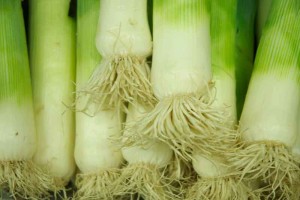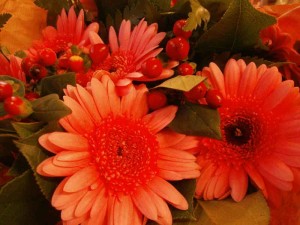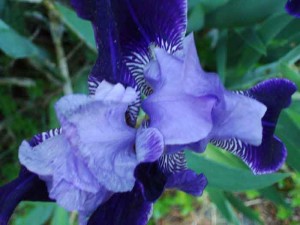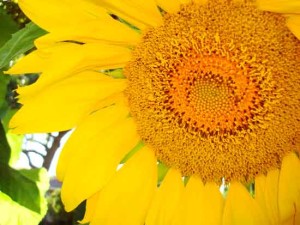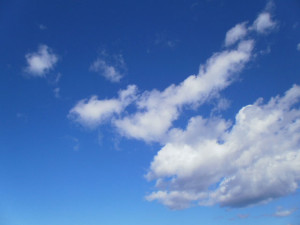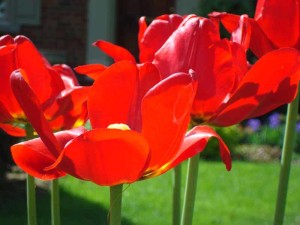Top Eleven Tips on How To Sign Your Art
Having signed many pieces of art in various mediums and having a strong design sense I feel quite knowledgeable on this subject.
- Is it necessary to sign your artwork? The answer is YES. Whether you decide to sign the front or the back you should always sign your work. Several contemporary artist sign the back of their paintings as their signature on the front would interfere with the imagery and integrity of the painting. If you look at Mark Rothko, Bridget Riley, Ellsworth Kelly, and the later works of Jack Bush, Kenneth Noland, Piet Mondrian you will find their signatures on the back of their paintings.
Some artists may ask the questions, “wouldn’t be very difficult to market and brand yourself if you don’t have a signature on the front of your art. How will your fans know who you are? How will they be able to look you up?” The nature of the painting should dictate where to sign. - I suggest you refrain from using your customary signature. This not only applies to your artwork but also your website. Identity fraud is very enticing to some people. Cyber thief is a reality.
- Let your signature be readable. Let’s face it you want fans and collectors to know who you are. Your signature should be clear and recognizable.
- Do you use your maiden name, married name, full name, Initials, logo or surname only? This becomes very personal. If you have a long name you may prefer to shorten it by using only your initials, surname or your first name. Vincent Van Gogh signed his name Vincent. Rembrandt signed his artwork using his first name. Some of his earlier works were signed with an initial “R” and later he used his Monograph “RH” and starting in 1629 he used “RHL”. Leonardo da Vinci (Leonardo di ser Piero da Vinci) signed his works “Leonardo” or “lo, Leonardo” ( “I, Leonardo”). Pablo Picasso signed his name using his surname. If you have been painting before you got married and your fans know you by your maiden name I would suggest keeping consistent so you don’t have to re-market yourself. I would suggest that if you sign the front using only your initials, first name or surname than be sure to sign the back of the artwork using your full name and be sure it is legible.
- Be consistent so you become recognizable. It is probably best not to follow into the footsteps of Rembrandt (see tip #4). I never thought I would ever say that. Chuckle, chuckle.
- Where should I place the title of my painting? You may want to add the title on the back.
- Where do you place your signature? Generally, artists sign their work on the lower right hand side and sometimes on the bottom left depending on the design. Keep your signature away from the sides and bottom edges. You should be considering how the art is going to be framed so that the signature doesn’t get cropped off by the framing.
- What colour do I use to sign my painting? I have seen too many paintings signed using black when there was no black paint in the painting. If you do this, the viewer looks at your signature first as it appears very distracting and awkward. The eye looks for repetition. It will look for the colour black elsewhere in the painting and it won’t be there. It is best to use a colour that has been used in the painting so it harmonizes. If your artwork is a graphite drawing than I suggest signing your work with graphite staying consistent with the your chosen medium.
- How large or small should your signature be? This is a stuff question as some will say the size of your signature should be in proportion to the size of the artwork. Check out artist Robert Ryman, Untitled, 1958; casein, colored pencil, and charcoal on paper, 9 3/8 × 9 3/8 inches, Whitney Museum of American Art, and you will find that his signature is large and part of his composition. I like my signature to be noticeable but not so large that I’m saying “Hello here I am”. I don’t want my signature so small that it gets lost so I try to find a happy and reasonable balance.
- What tool should you use to sign your artwork. When I sign a pencil drawing I use a pencil. If my art is an ink drawing than I sign using the same tool i.e. a pen. If I’m signing a painting than I use a brush and in my case acrylic paint. I generally take a piece of vine charcoal and print my name so that I can check out my spacing. I don’t like surprises when it comes to my signature. I don’t seem to be able to write my name using a brush and acrylic paint without it looking messy and illegible.
- Should you put a date with your signature? It’s a personal choice. You should record the date you created your painting. You may want to create a catalogue should you ever have a gallery retrospective. In the future, you may want to publish a book of your artwork, therefore, having a record of your work would be advantageous. It is always better safe than sorry. I keep a record of the date, title, medium and size of my all my artwork. There is a debate that if you date the front of your painting it limits its potential to sell. Some say that if a painting is a couple of years old and you are trying to sell it potential buyers may wonder why it hasn’t sold. There is no right or wrong answer here. If you are in the habit of dating your work place the date on the back of the painting. Dating your work records your artistic development. It gives curators or art historians a guide to it’s historical relevance.
Hope my top eleven tips on how to sign your art has answered most of your questions and has given you more confidence to sign your name.

